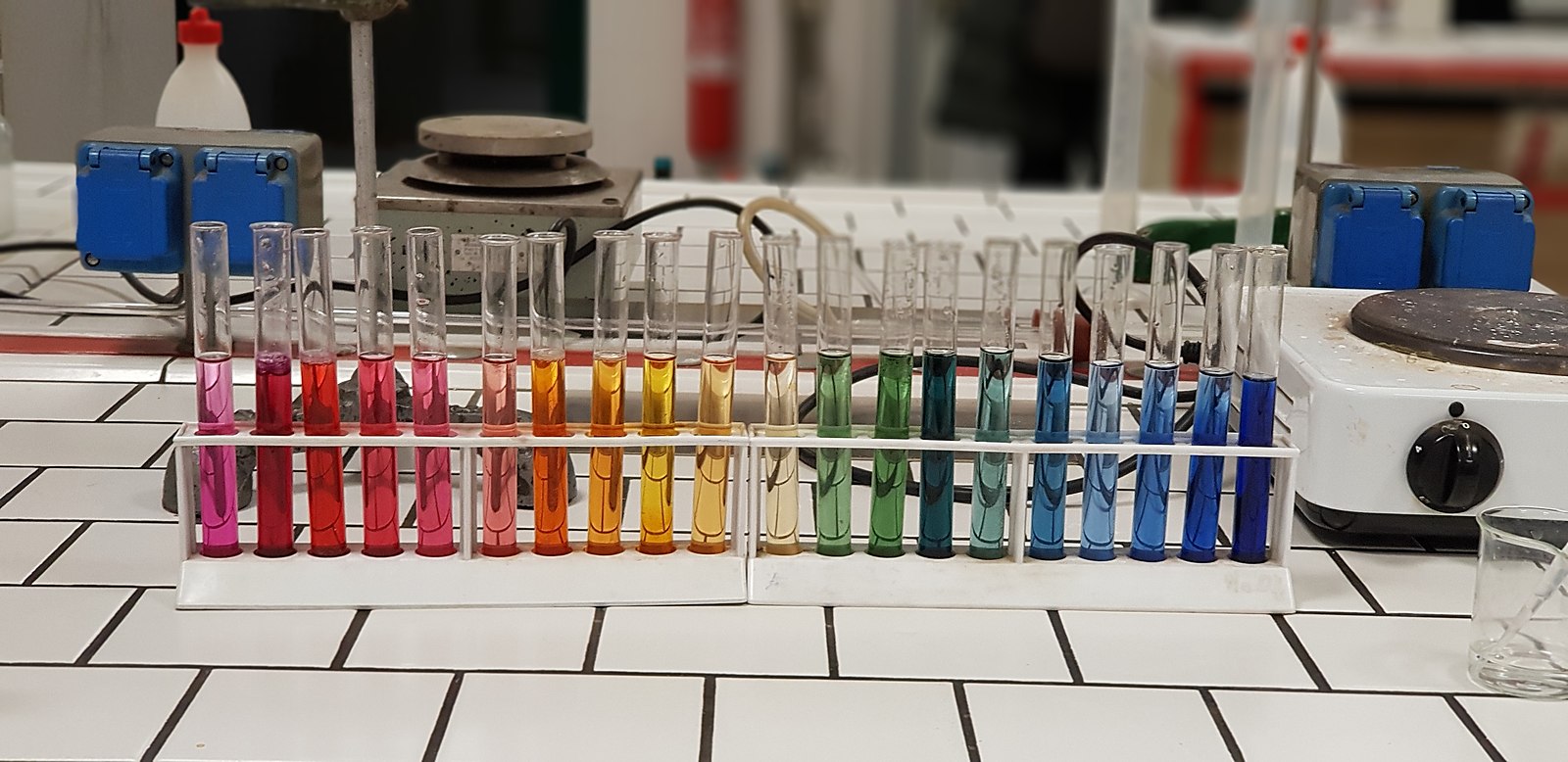The pH of the Dead Sea is a fascinating topic, as this hypersaline body of water has a remarkably low pH compared to the typical seawater. This blog post will delve into the factors that contribute to the Dead Sea’s unique pH, providing a comprehensive understanding of this intriguing natural phenomenon.
Understanding the pH of the Dead Sea
The pH of the Dead Sea is approximately 6.3, which is lower than the typical pH of seawater, which is around 8.1. This difference is primarily due to the high salinity and specific ionic composition of the Dead Sea water.
Dominance of Divalent Cations
The Dead Sea’s brine is characterized by a high concentration of divalent cations, particularly Mg2+. This high concentration of divalent cations interacts with the charged species in the brine, leading to a decrease in the pKB (the negative logarithm of the base dissociation constant) of the solution. As a result, the pH of the Dead Sea cannot exceed a neutral pH of 7.0 under current conditions.
Loss of Carbonate Alkalinity
During the evaporation process that leads to the formation of the Dead Sea’s brine, the residual brine loses a significant portion of the dissolved inorganic carbon (DIC) and carbonate alkalinity (CA). This is due to the massive precipitation of CaCO3, which removes these important buffer species from the solution.
Dominance of Borate Alkalinity
As the DIC and CA decrease, the total boron (TB) increases conservatively, turning borate to the dominant alkalinity species in the marine-derived brine of the Dead Sea. This shift in the dominant buffer systems contributes to the unique pH of the Dead Sea.
Factors Affecting the pH of the Dead Sea
The pH of the Dead Sea is not a static value but can be influenced by various factors, including:
-
Brine Composition: The ionic composition of the Dead Sea’s brine, particularly the high concentrations of divalent cations, plays a crucial role in determining the pH.
-
Mixing with River Input: The influx of freshwater from rivers can influence the pH of the Dead Sea by diluting the brine and altering the ionic balance.
-
CaCO3 Precipitation: The precipitation of CaCO3 can remove carbonate alkalinity from the solution, affecting the pH.
-
Degassing of CO2: The release of CO2 from the Dead Sea’s brine can also impact the pH by altering the carbonate system.
Implications for DIY Projects and Home Remedies
For those interested in DIY projects or home remedies related to the Dead Sea, it is essential to understand the unique pH and ionic composition of the Dead Sea water. Attempting to recreate the Dead Sea’s brine at home requires specific considerations, as the pH of artificial Dead Sea brine is estimated to be around 5.86, which is lower than the natural pH of the Dead Sea.
Conclusion
The pH of the Dead Sea is a fascinating and unique characteristic of this hypersaline body of water. The low pH, around 6.3, is primarily due to the high salinity, the dominance of divalent cations, and the shift in the dominant buffer systems. Understanding the factors that contribute to the Dead Sea’s pH is crucial for those interested in the natural wonders of this remarkable environment.
References
- Golan, R., Gavrieli, I., Ganor, J., & Lazar, B. (2015). Why is the Dead Sea acidic? [Poster]. Retrieved from https://www.gov.il/BlobFolder/reports/golan-et-al-poster-2015/he/Posters_W_Why%20is%20the%20dead%20sea%20acidic.pdf
- Golan, R., Gavrieli, I., Ganor, J., & Lazar, B. (2016). The impact of halite precipitation on the acid-base properties of hypersaline solutions. Earth and Planetary Science Letters, 434, 289-307. https://ui.adsabs.harvard.edu/abs/2016E%26PSL.434..289G/abstract
- Stumm, W., & Morgan, J. J. (1977). Aquatic chemistry: An introduction emphasizing chemical equilibria in natural waters. Wiley-Interscience.

